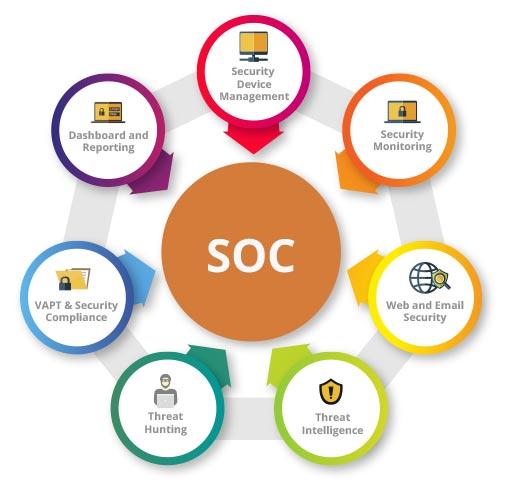Charting the Key Drivers Behind Unprecedented Security Operation Center Market Growth

The consistent and powerful expansion of the SOC market is not accidental but is propelled by a set of clear and compelling drivers. The forecast for sustained Security Operation Center Market Growth, which is projected to advance at an 8.2% CAGR by 2032, is directly linked to fundamental changes in how businesses operate and the nature of the threats they face. Two of the most significant catalysts for this growth are the mass migration of IT infrastructure to the cloud and the widespread adoption of Bring Your Own Device (BYOD) policies. These twin trends have effectively dissolved the traditional network perimeter, creating a more complex and distributed environment that is impossible to secure without the centralized visibility and advanced analytical capabilities that a modern SOC provides. These are the foundational pillars supporting the market's robust expansion.
Diving deeper into cloud adoption as a growth driver reveals several key challenges that a SOC is uniquely positioned to solve. When organizations move workloads to cloud platforms like AWS, Azure, or Google Cloud, they enter a "shared responsibility model" for security. While the cloud provider secures the underlying infrastructure, the customer is responsible for securing their own data, applications, and configurations. This creates a new and complex security environment that traditional tools were not designed to monitor. A modern SOC leverages cloud-native security tools and specialized expertise to provide unified visibility across multi-cloud and hybrid environments, detect misconfigurations, and monitor for threats that are specific to cloud platforms, making it an essential component of any secure cloud strategy.
Similarly, the BYOD and remote work phenomena have fundamentally altered the security landscape, acting as another powerful market driver. When employees access corporate data from personal laptops, tablets, and smartphones, the organization loses a significant degree of control over the security of those endpoint devices. These devices may lack proper security software, be unpatched, or be used on untrusted public Wi-Fi networks, making them an attractive target for attackers. A SOC addresses this challenge by deploying and managing advanced Endpoint Detection and Response (EDR) agents on these devices. This allows the security team to continuously monitor endpoints for suspicious activity, isolate compromised devices from the network, and respond to threats regardless of the user's physical location, effectively extending the organization's security perimeter to wherever its employees are working.
Beyond these technological shifts, another critical driver of market growth is the increasing pressure from regulatory bodies and cyber insurance providers. Regulations like GDPR mandate that organizations must be able to detect and report data breaches within a very short timeframe (typically 72 hours). This is practically impossible without the 24/7 monitoring and formal incident response processes of a SOC. Likewise, cyber insurance providers are now often requiring businesses to have mature security capabilities, including a SOC or an MDR service, as a prerequisite for coverage or to qualify for lower premiums. This external pressure from both regulators and insurers is forcing many organizations to invest in SOC capabilities, further fueling the market's consistent and impressive growth.
Explore Our Latest Trending Reports:
- Memes & Cultura da Comunidade
- Artigos e Análises
- Pessoal
- Oportunidade
- Projeto
- Conhecimento
- Dúvidas & Pedidos de Ajuda
- Reflexões & Opiniões
- Tendências
- Jeux
- Lançamentos & Anúncios
- Saúde & Bem Estar
- Eventos & Convites
- Conteúdo Técnico
- Entretenimento
- Networking
- Festas & Festivais
- Religião
- Iniciativas de Impacto


